Is The Turtle Scene In Cannibal Holocaust Real
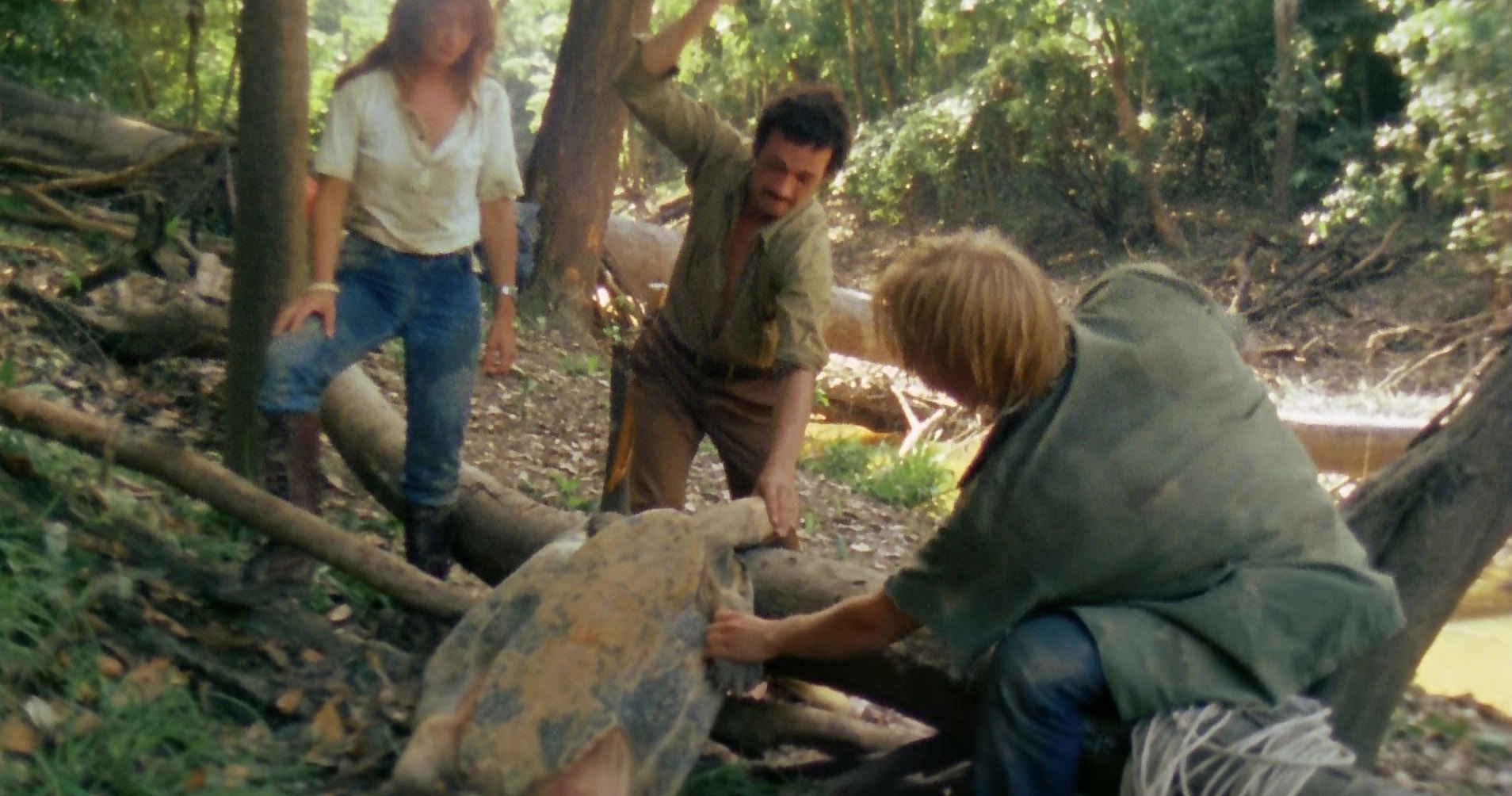
Okay, let's dive into the weird and wacky world of Cannibal Holocaust, specifically that infamous turtle scene. You know, the one that makes even seasoned horror fans squirm? Is it real? Let's find out!
The Elephant (or Turtle) in the Room
Cannibal Holocaust, released in 1980, is a film that's… well, controversial is putting it mildly. It’s a "found footage" film, meaning it's presented as discovered recordings. This style made the violence appear shockingly real.
One scene in particular sticks in people's minds: the graphic killing of a turtle. So, buckle up, because we're about to address the big, shelled question.
The Uncomfortable Truth
Yes, sadly, the turtle scene is, in fact, real. No movie magic, no special effects, just a very unfortunate turtle. It’s a difficult thing to acknowledge, and it’s a major reason why the film faced so much backlash.
Director Ruggero Deodato was even arrested and charged with murder initially! Thankfully, he was able to prove the actors were alive, but the animal cruelty charges remained.
But Why? (And How Did They Get Away With It?)
Back in the late 70s and early 80s, regulations regarding animal treatment in film were... considerably less strict than they are today. This is a polite way of saying they barely existed.
Deodato has claimed that the turtle was eaten by the indigenous tribe after the scene was filmed. This doesn't excuse the cruelty, but provides a bit of context.
He's expressed regret over the scene, acknowledging the insensitivity and cruelty involved. It's a dark stain on the film’s legacy, one that's impossible to ignore.
The Aftermath and Lasting Impact
The controversy surrounding Cannibal Holocaust didn’t just stop at the turtle. The film was banned in several countries, and its reputation as one of the most disturbing films ever made persists to this day.
It served as a stark reminder of the potential for exploitation and abuse in filmmaking. More importantly, it sparked a much-needed conversation about animal welfare on set.
The film’s “found footage” style, while disturbing in its initial presentation, had a significant influence on horror films that followed. Think The Blair Witch Project or Paranormal Activity.
A Modern Perspective
Today, the idea of harming an animal on screen is almost universally condemned. Animal welfare organizations are present on many film sets, ensuring that animals are treated humanely. We've (hopefully) learned a valuable lesson.
So, while Cannibal Holocaust remains a film that some may find fascinating (or repulsive), it’s crucial to remember the real-world cost of its shock value. The turtle's suffering serves as a somber reminder.
Ultimately, the story of the turtle in Cannibal Holocaust is a cautionary tale. It highlights the importance of ethical filmmaking and the need to protect vulnerable creatures. It’s a hard truth, but one worth knowing.


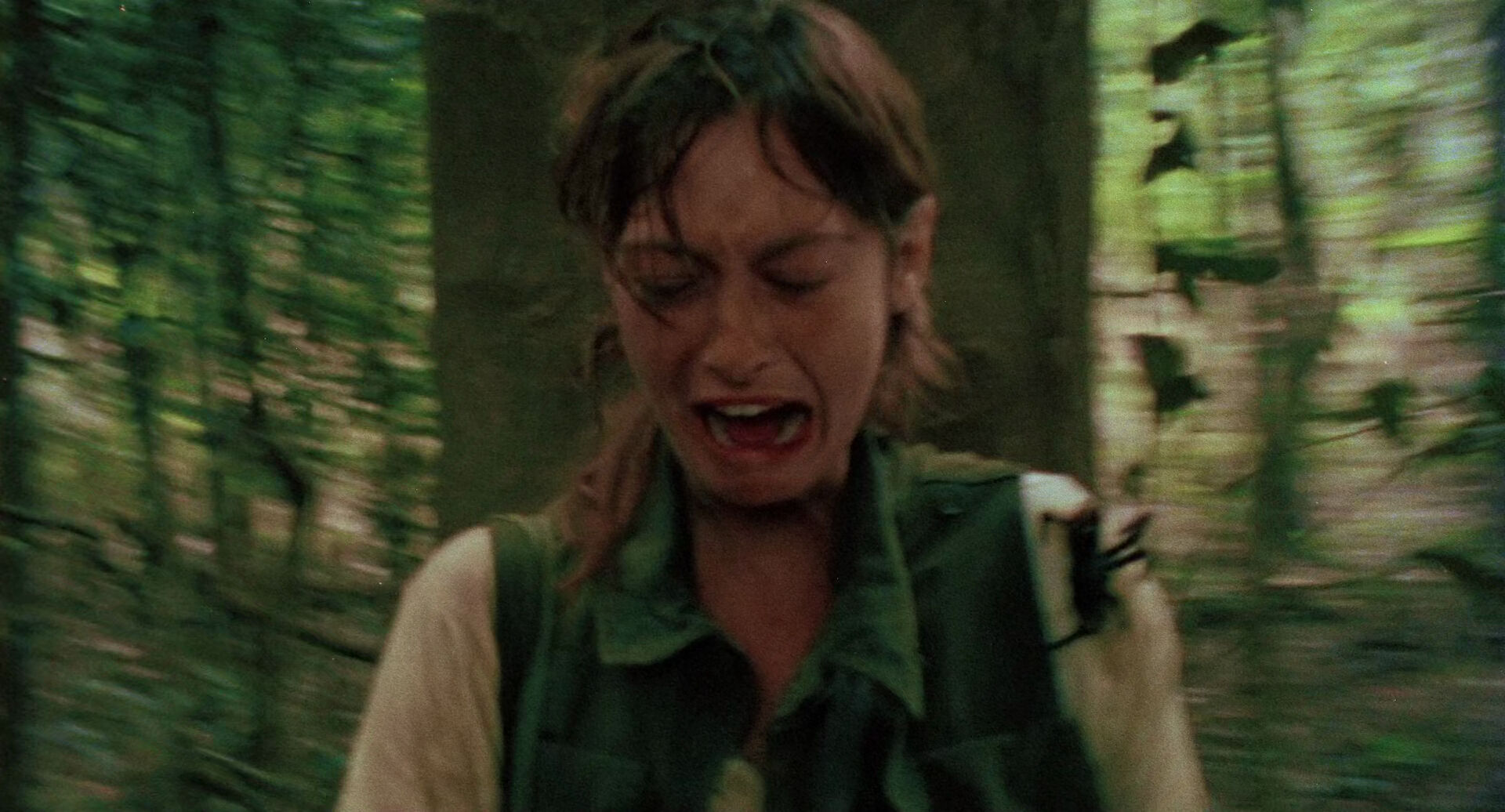

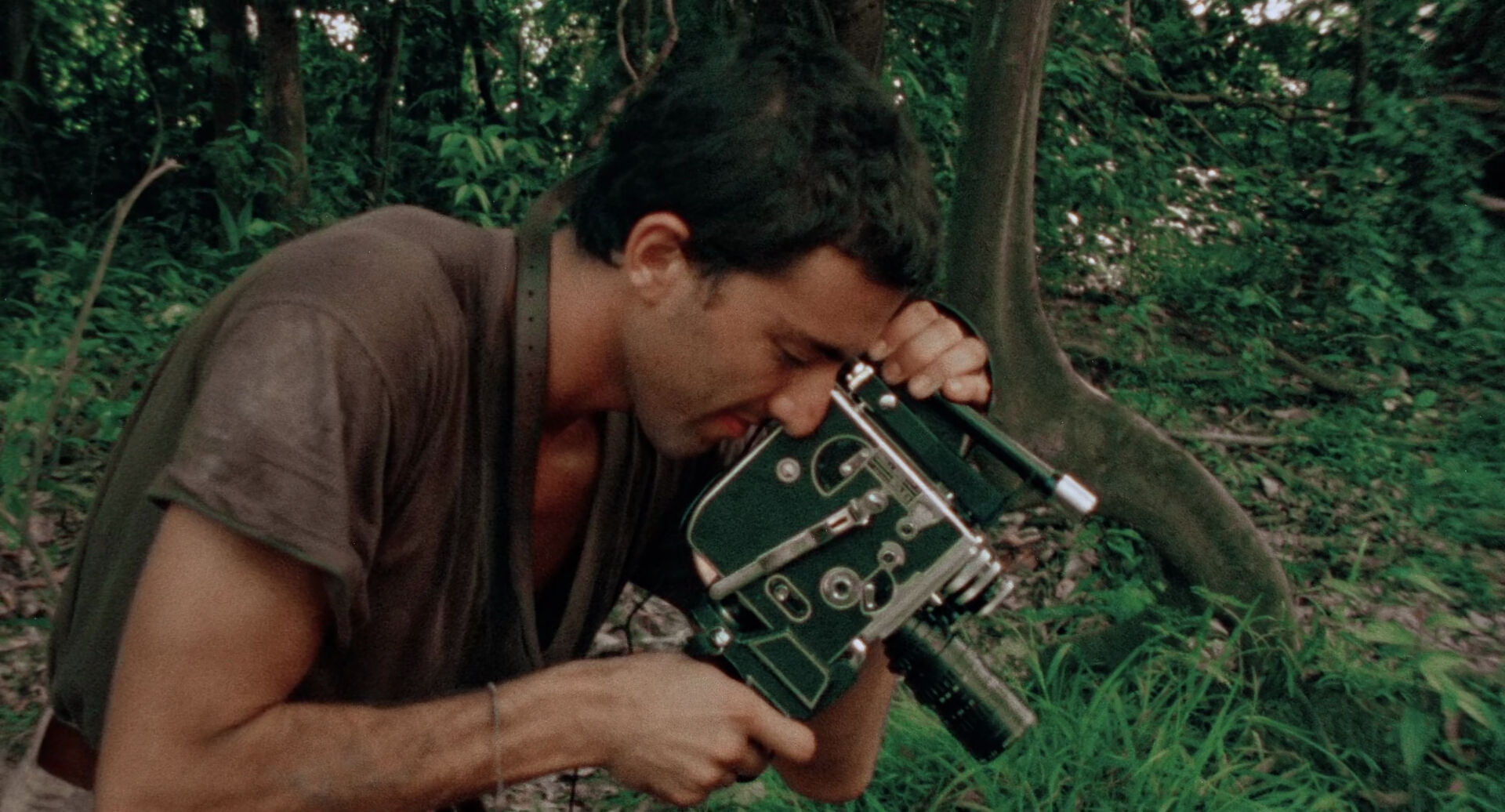



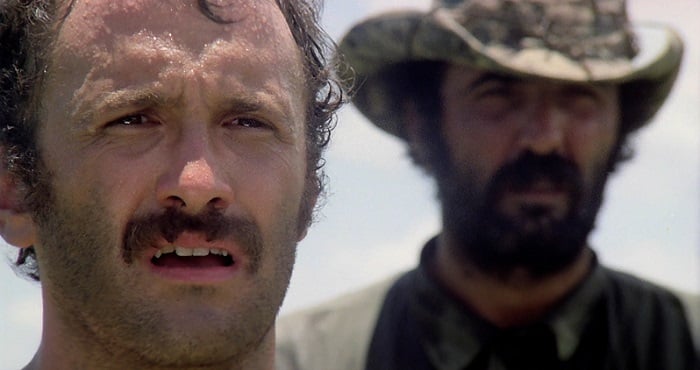

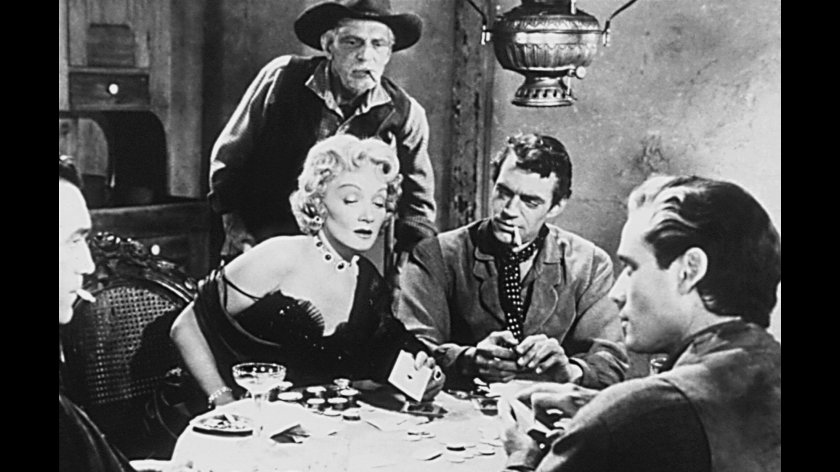


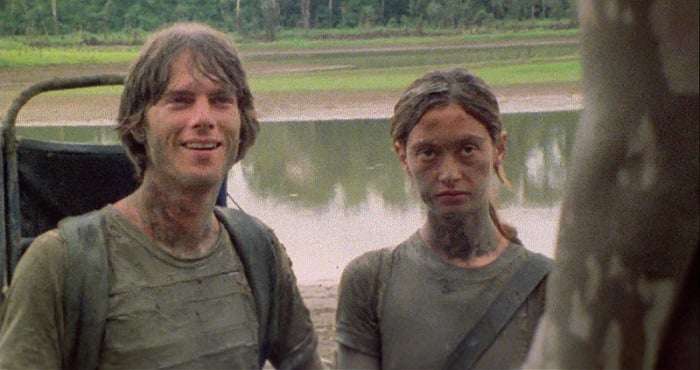

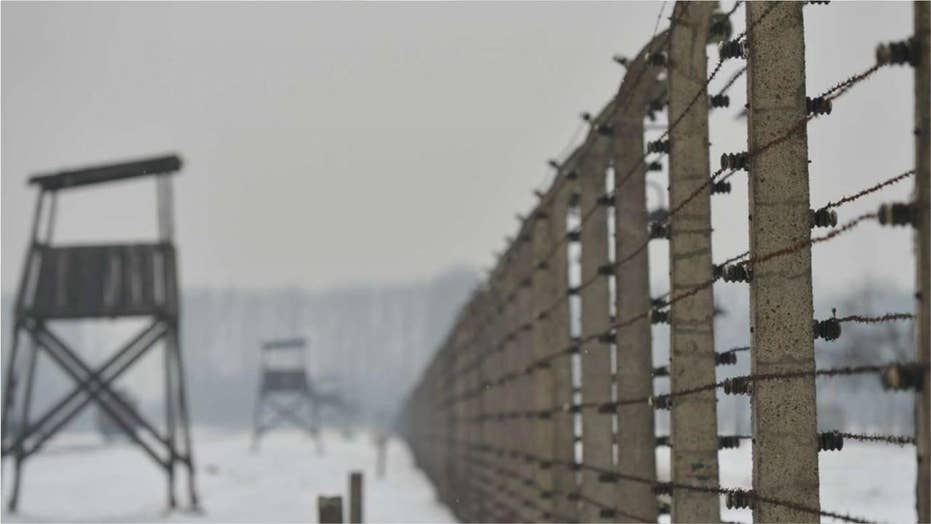

.jpg)
